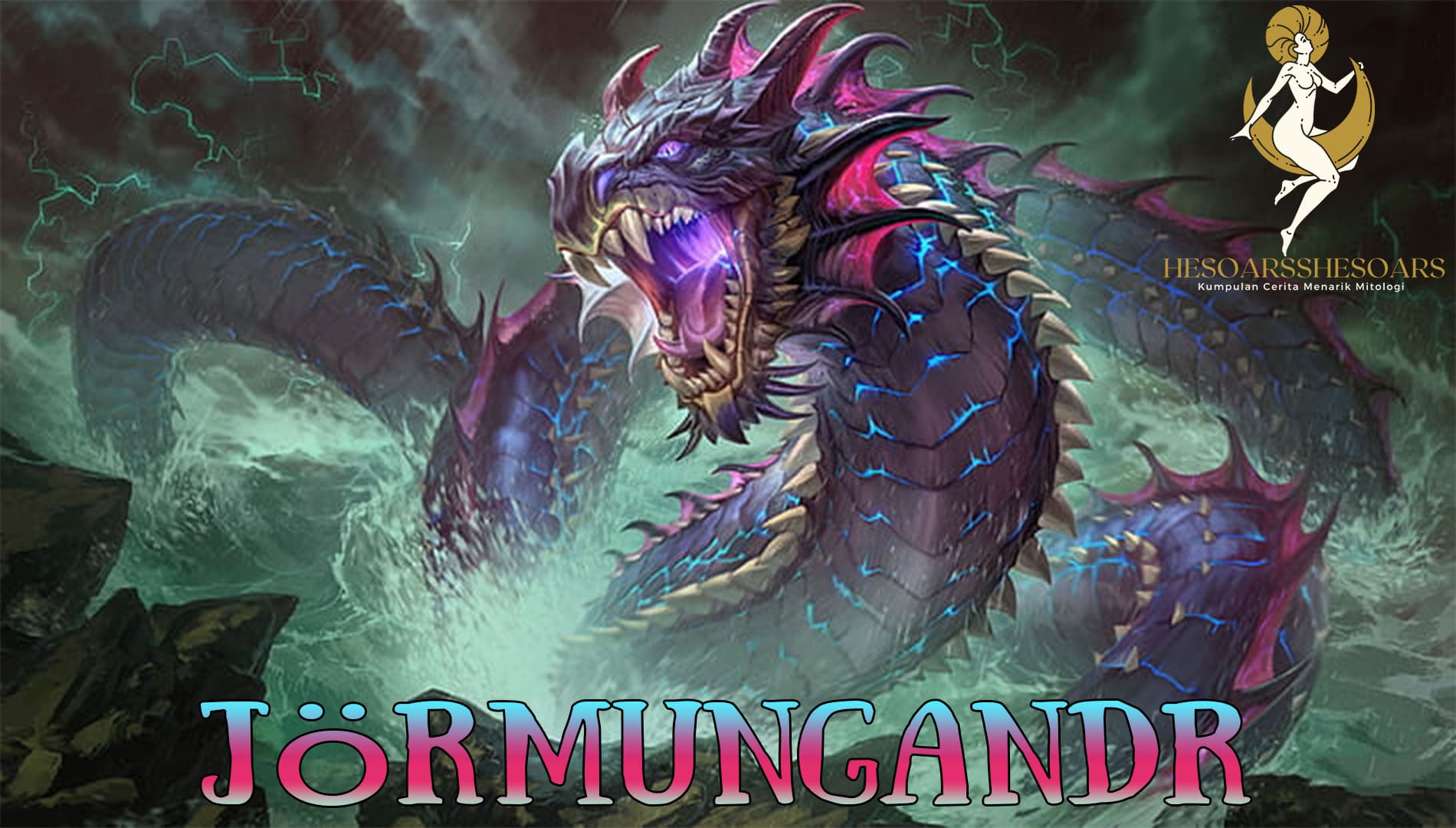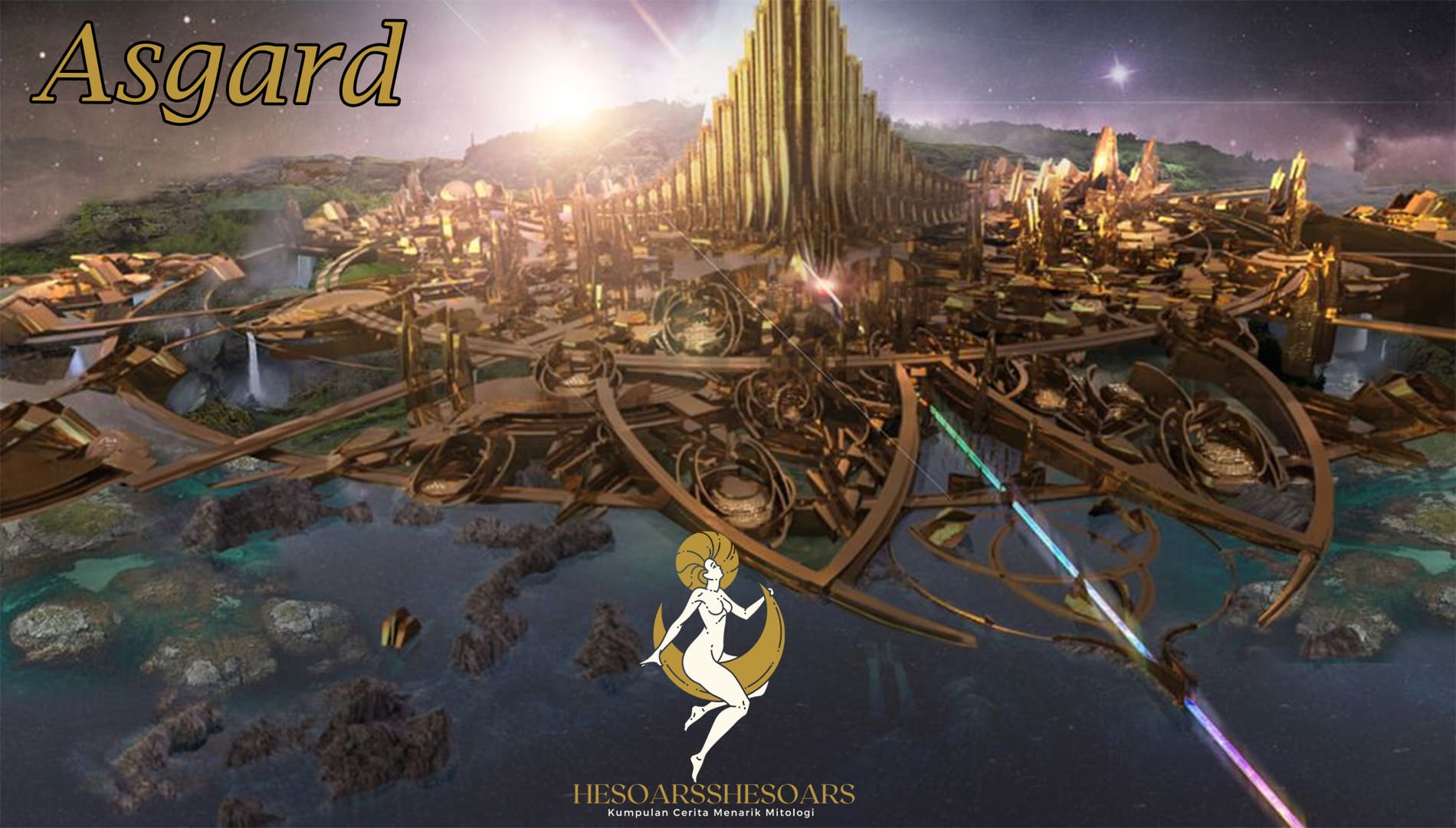The expansive realm of Norse mythology is a treasure trove of intriguing characters and captivating tales, among which is the legend of Jörmungandr, the Midgard Serpent. A testament to the grandeur and intricacy of Viking lore, Jörmungandr is emblematic of chaos and finality. This article delves deep into the mythology, unearthing the essence of the serpent and its significant role in Norse cosmology.
Introduction to Jörmungandr
Jörmungandr, also known as the Midgard Serpent or World Serpent, is one of the three children of Loki, the trickster god, and Angrboða, a giantess. Its siblings are the wolf Fenrir and the half-dead, half-living Hel, who rules over the realm of the dead.
The Threat of Jörmungandr
Odin, the chief god in the Norse pantheon, foresaw the threat posed by Loki’s offspring. Fearful of their potential, he cast jim into the great ocean that surrounds Midgard, the world of humanity. There, the serpent grew so large that it could encircle the entire Earth, biting its tail, and thus earning its name as the Midgard Serpent.
Rivalry with Thor
The most iconic tales in Norse mythology concern the ongoing rivalry between Thor, the thunder god, and Jörmungandr. Their most famous encounter was during a fishing trip with the giant Hymir. Thor used an ox’s head as bait, drawing the serpent from the depths. As the two colossal forces met, Hymir, terrified by the impending catastrophe, cut the fishing line, allowing Jörmungandr to escape and postpone their destined final confrontation.
Ragnarök and the Serpent’s Fate
Ragnarök, the prophesied end of the world in Norse mythology, highlights the significant role of him. As the end times approach, the serpent will release its tail, rise from the ocean, and poison the sky. Thor and Jörmungandr are destined to face off one final time. While Thor will succeed in defeating the serpent, he will only manage to take nine steps before succumbing to its venom.
Conclusion: The Symbolism of Jörmungandr
Jörmungandr is more than just a character in a myth; it is a symbol. Its ouroboric depiction, where it consumes its tail, resonates with themes of cyclicity, continuity, and the eternal nature of the cosmos. Furthermore, its opposition to Thor underscores the perpetual struggle between order (the gods) and chaos (the giants and serpents).




